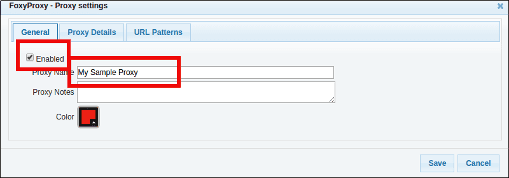

- Chrome setup ssh tunnel how to#
- Chrome setup ssh tunnel install#
- Chrome setup ssh tunnel full#
- Chrome setup ssh tunnel windows#
First, youll need to establish a connection to the SSH server and open a tunnel. Then mark the file as executable: chmod a+x /opt/netflix. When setting up SSH tunnelling on any operating system, there are two steps. Autossh simply restarts the SSH connection in case it drops.
Chrome setup ssh tunnel install#
If you don’t have autossh installed, you can install it with apt, or replace “autossh” with “ssh” in the script, if you have very reliable connection to the ssh server. This will run Chrome with localhost using ssh tunnel as a proxy, and use dedicated browser profile, so it will start completely different process and don’t mess with your normal Chrome processes in any way. In that computer I am using ForceBindIP program and Firefox using 3.99 IP and 1.43 IP using chrome. Now open Putty and Enter the hostname or IP of the machine you want to establish a remote connection to. Google-chrome-stable -user-data-dir=.netflix/ -proxy-server="socks5://localhost:8888" Once you have that, you’re ready to setup the SSH tunnel and browse through it. Then, create a file, for example /opt/netflix.sh #!/bin/bash To avoid having to deal with password, copy your ssh key to the server (run ssh-keygen in case you don’t have key pair yet).

I use this method to watch Netflix and bypass country restrictions, and to test website access speed from different locations, but it can be used for many other purposes.įirst thing you need is server with SSH access.
Chrome setup ssh tunnel how to#
Also, if you are trying to gain access to MathSciNet, go to and look for "Univ of Calif, Los Angeles" in the top right of the page.I will show how to use any server with ssh as a proxy, I’m doing this on Debian Linux, but it should be the same on all Debian derivatives, and very similar on any other Linux distribution. Go to and confirm that your IP address matches the host IP that you are tunneling through.Ģ. Make sure 'SOCKS v5' is selected and select the 'OK' button to save.Īs long as your PuTTY SSH connection remains connected, your proxy tunnel will be open and you will be able to use the internet through this proxy.ġ. In the 'SOCKS Host' box enter 'localhost' and for 'Port' enter '31415' (or whatever you set your SSH Tunnel up with).ħ. Under 'Configure Proxies to Access the Internet' select the 'Manual proxy configuration' radio button.Ħ. Under Advanced, in the middle of the page, select Network -> Connection -> Settings.ĥ. On the left side of the window, select Advanced.Ĥ. Once the tunnel is established, you now need to set up a SOCKS proxy in your web browser.ģ. This should open and terminal window and you should be prompted to login. You should see 'D31415' in the 'Forwarded ports:' box.Ħ. Under 'Destination' select the 'Dynamic' radio button and leave the 'Auto' button selected.ĥ. For 'Source Port' enter '31415' (this can be configured to whatever you want, just remember it).Ĥ. On the left side, in the Category window, go to Connection -> SSH -> Tunnels.ģ. Login to a linux machine and type "home" and this will display your homesite.Ģ. The hostname should be your UCLA homesite followed by ".". Things you'll need: A Linux Mathnet account, PuTTY (ssh client), and Firefox.ġ.

Chrome setup ssh tunnel windows#
This example shows a connection from a Windows machine using Firefox. A proxy setup can be configured using OSX, Linux, or Windows using various browsers. If you are browsing this site from off-campus, and you have a Mathnet Linux account, you can use this proxy setup to make it appear that your traffic comes from one of our IP addresses.
Chrome setup ssh tunnel full#
In particular, connections to must come from a registered UCLA Math IP address to gain full access. Some websites available to Math Department members are filtered by the network the traffic originates on.


 0 kommentar(er)
0 kommentar(er)
